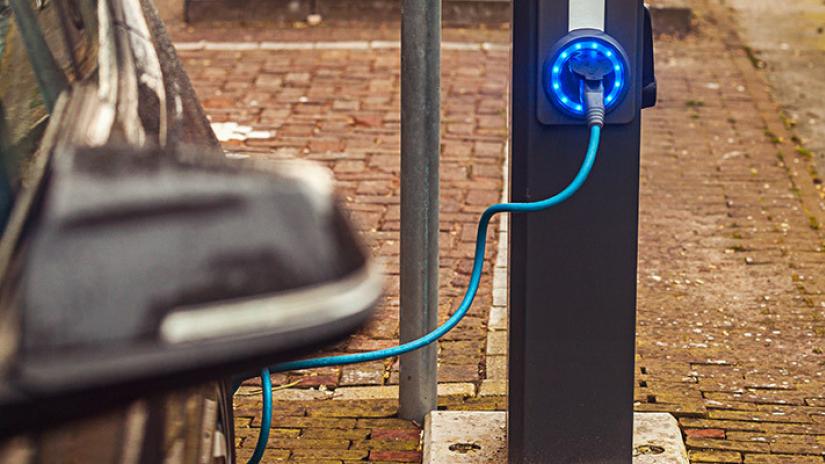24-Hour Emergency Electricians in Fort Worth, TX
Call this Monday to Get 10% OFF
Need an electrician?
Schedule NowRequest Electrical Service Now
817-585-299324-Hour Emergency Electricians in Fort Worth, TX
Call this Monday to Get 10% OFF
Need an electrician?
Schedule NowRequest Electrical Service Now
817-585-2993
Electric cars are all the rave lately, but did you know that electric vehicles have been around for well over a century? In fact, the first electric vehicle was developed almost 200 years ago! Join us as we dive into the history of the electric car. If you own an electric vehicle and are interested in installing electric vehicle supply equipment (EVSE) on your property, then give Mr. Electric of Fort Worth a call. We are your time-tested EVSE installers offering reliable and affordable service in Fort Worth and surrounding areas. Call now to speak with a representative or arrange an on-site visit by a trained electrician today.
A series of breakthroughs in the early 1800s, specifically the battery and electric motor, gave electric vehicles their first sparks. Innovators in the United States and Europe began playing with these new toys as early as 1828 when Hungarian inventor Ányos Jedlik created an electromagnetic device which he fitted into a small vehicle he designed. A full-sized electric vehicle was introduced in 1832 by Scottish inventor Robert Anderson, but this was still simply a model.
It wasn’t until 1835 that Thomas Davenport unveiled a practical vehicle powered by the first American DC electric motor. Still, this vehicle was powered by non-rechargeable power cells. Gaston Planté’s invention of the rechargeable lead-acid storage battery in 1859 and further developments in this field gave the electric vehicle an extra jolt it needed to become a mainstream success.
The first successful electric car in the United States made its debut around 1890. William Morrison of Des Moines, Iowa introduced a six-passenger vehicle capable of running at a cool speed of 14 miles per hour. Over the next several years, many different automakers, including the famous Porsche, launched their own electric vehicles. By 1900, electric cars accounted for around a third of all vehicles on the road. New York City even had a fleet of more than 60 electric taxis! Electric vehicles enjoyed this success for around a dozen years before competition got fierce.
Electric vehicles were preferred over the gasoline-powered cars for a few reasons. One, internal combustion engines required a lot of manual effort. They had to be started with a hand crank and called for manually changing gears. Gas-powered cars were also loud and emitted stinking pollution. Plus, as more people gained access to electricity, charging electric vehicles became much simpler.
However, the invention of the electric starter in 1912 eliminated the gas-powered car’s need for the hand crank. Further, Henry Ford’s mass-produced Model T cost only around a third of the price of electric alternatives ($650 versus $1,750). These reasons combined with the development of roads and Americans’ desire to get out an explore contributed to the decline of the electric vehicle in the United States.
The Arab Oil Embargo in 1973 led to soaring oil prices as well as increased interest in lowering U.S. dependence on foreign oil. Congress took note and passed legislation to support research and development of electric and hybrid vehicles. Environmental concerns in the 1990s also gave electric vehicles a leg up as new federal and state regulations tangled gas-powered car manufacturers in red tape.
Car manufacturers, both established and new, began developing their electric and hybrid models. Notable leaders include the mass-produced Toyota Prius and the luxury electric sports car Tesla Model S. Consumers now have more choices than ever when it comes to purchasing an electric vehicle.